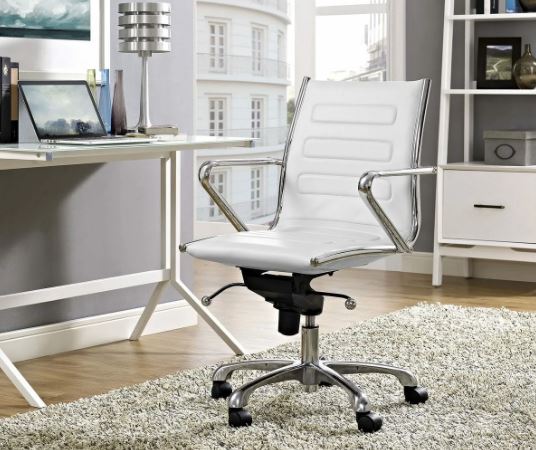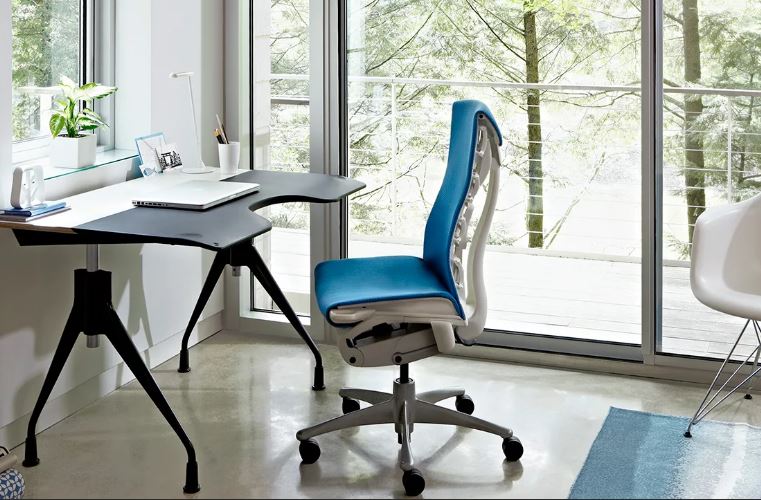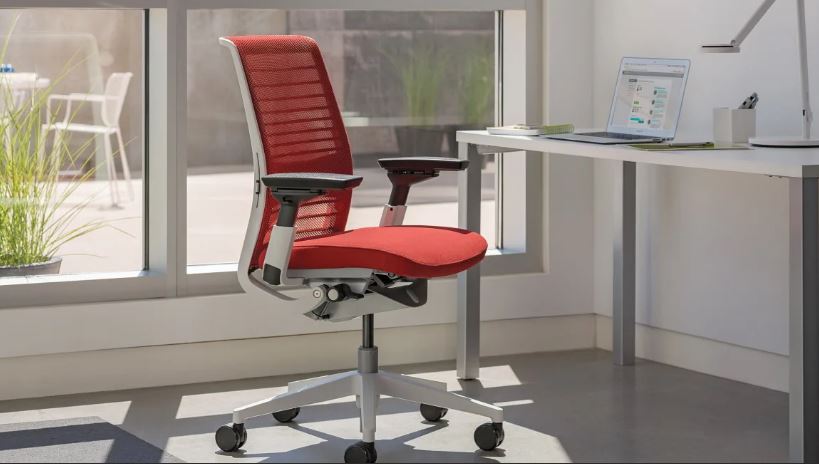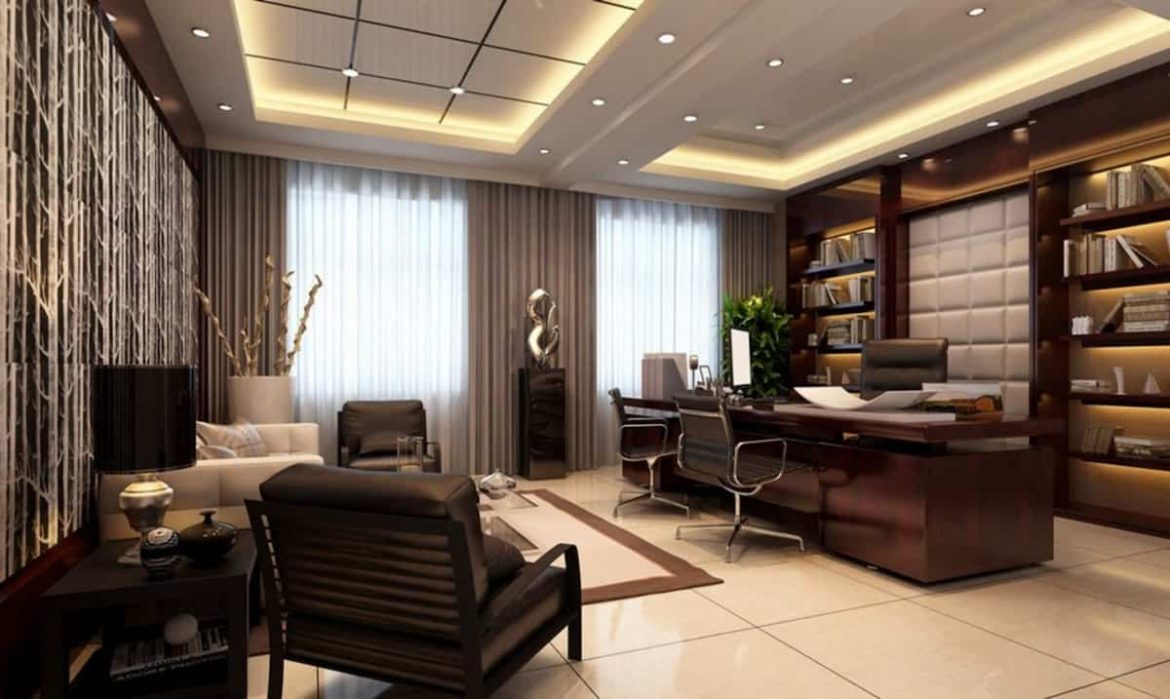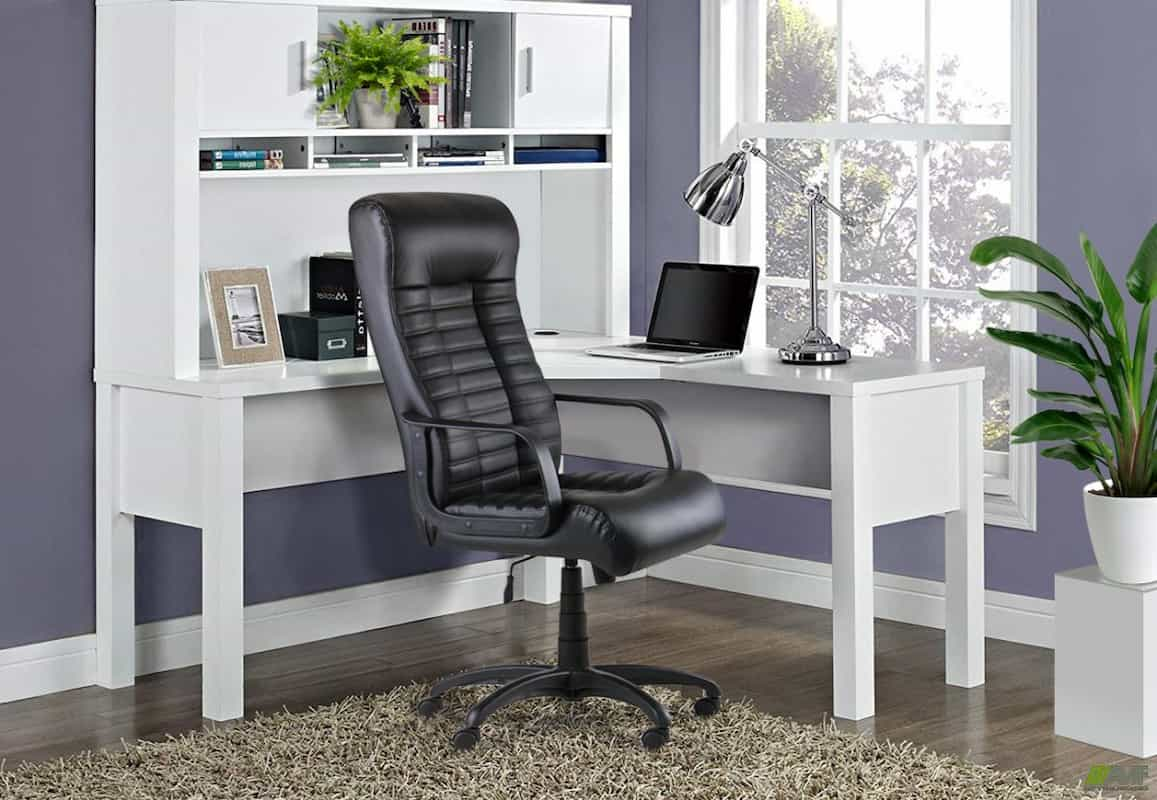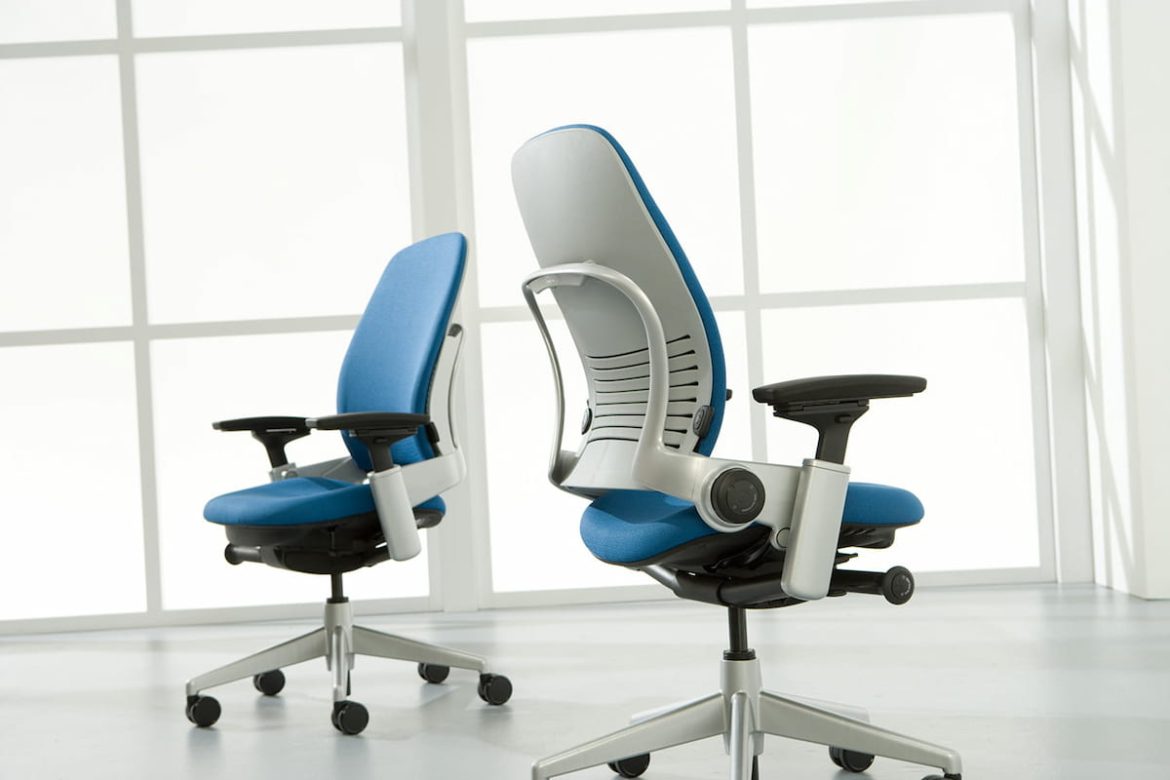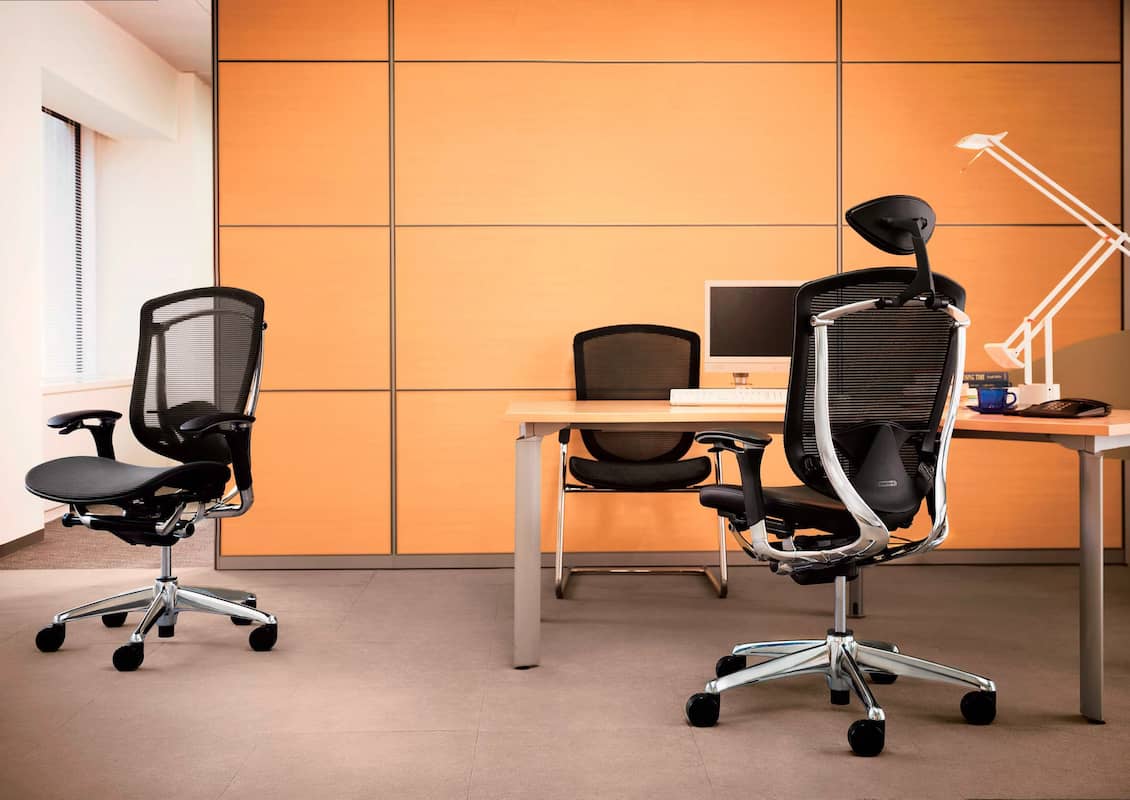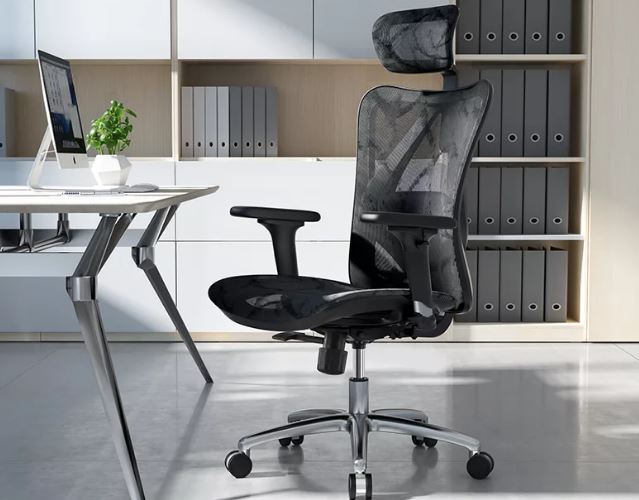How to identify quality and light wooden furniture, 5 key criteria
When shopping for new furniture, you are faced with a choice. Buy something quick, cheap, and easy, or invest in something that lasts for the long haul.
Sometimes, the table at the end of that year or two is “good enough” to do the job. But once you decide you’re ready to add something special to that special space in your home, you may be wondering, for example, the dining table that is the centerpiece of the space and where your family sits every night.
What exactly? Is ‘quality’ defined, and where to start?
Without any special knowledge, anyone can identify rips, scratches, and stains or decide if they like a particular color. But it’s hard to tell if a piece will last two or twenty years just by looking at it.
So I summarized it for you! Here are five key things to consider and look for when shopping for quality furniture.
1) Tree Species: Of the tens of thousands of different tree species in the world, only a select subset are good candidate materials for quality furniture. And an important factor in that determination has to do with the hardness or density of the wood.
Have you heard of the Janka hardness scale? Simply put, it is a measure of the wood’s resistance to dents and abrasion. Higher ratings are denser/more durable, and lower ratings are softer/less durable. As a general indicator, pause if the grade is below 800.
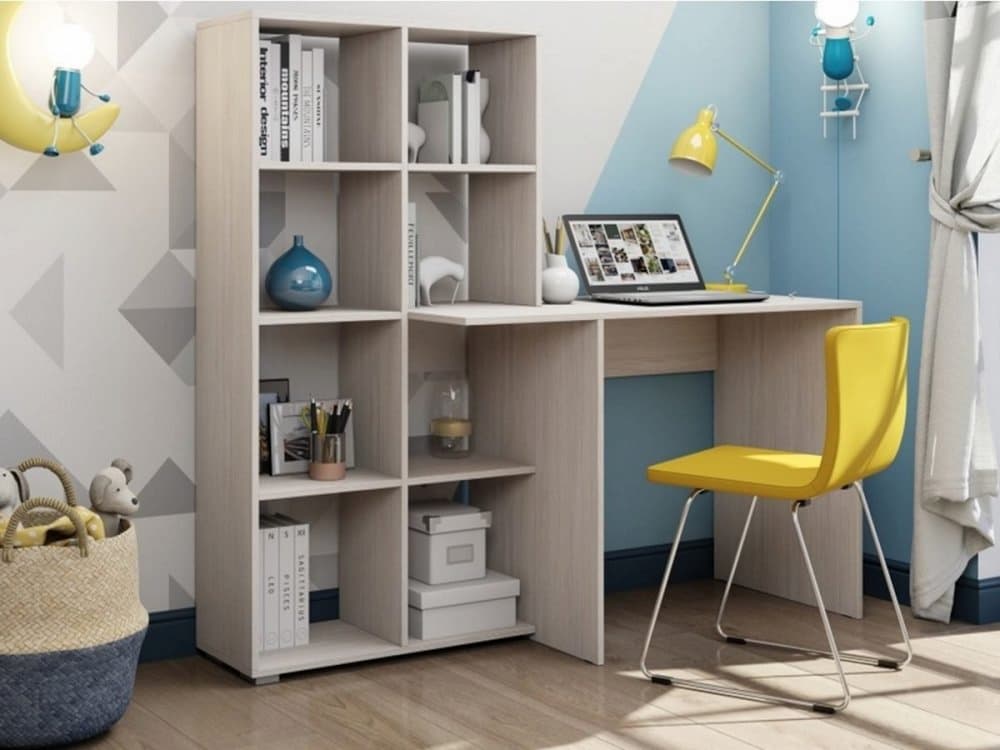
Common woods like black walnut (1010 grade) and white oak (1360 grade) are naturally prime candidates for strong, high-quality materials, but older woods Commons like white pine (420 ratings) and aspen (540 ratings) are softwoods, as soon as the wood is put to the test.
Most importantly, identify the wood used in the furniture you’re buying, check Janka’s hardness (thanks to Google), and make sure the type of durability matches the function of the furniture.
2) Wood quality: As long as you can appreciate the knots, gaps, or cracks in good wood, there can certainly be too many good ones. For example, knots are a natural feature of solid wood, but they are also areas of the wood that are weaker than other parts.
If the furniture, such as a table, has many knots, gaps, cracks, and other defects, it means that the wood is weak in those areas. They are properly treated to stabilize them (for example, filled with resin or other fillers as required).
Most important point: the wood must have an adequate number of knots, cracks, voids, and other defects and be properly treated and stabilized over time (the most common method is to fill with resin or other solidifying filler).
3) Joint Structure: Joint structure is the main determinant of quality furniture. Anything that is stapled or nailed automatically falls into the tinsel structure.
The same happens if it is glued and the glue is visible. What is a good example build? (1) dowels (wooden dowels inserted into two opposing holes), (2) dovetail joints (“square teeth” that mesh), (3) mortise-and-tenon joints (the narrow end of one piece (inserted into A hole).
For 90-degree angles built into pieces, miter (45-degree) joints are much preferred over butt (stacked) joints to allow the wood to flow from one surface to the next.
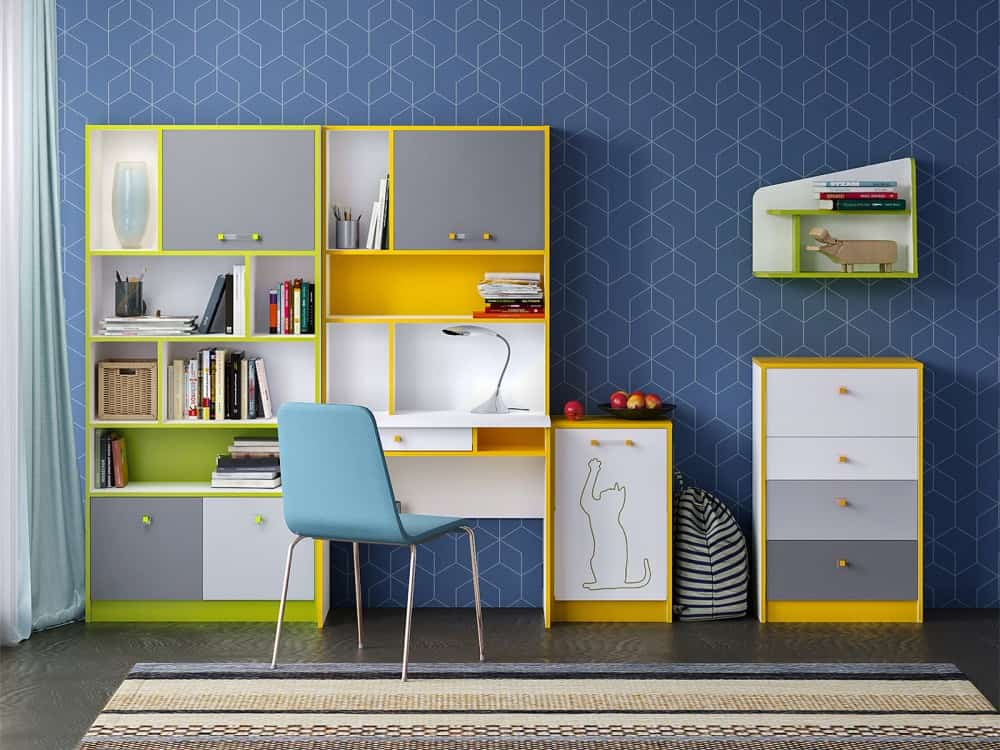
Most importantly, look at the joints on your furniture to determine the level of evenness. With quality furniture, the wood should look like it flows effortlessly from one plank to the next.
4) TYPE OF FINISH – Finish is everything! Until now, it can be built perfectly, but if it is done poorly, the finish will automatically lose its quality and durability.
Without going into the tedious details of finish types, here are two key features of solid wood finishes: (1) Water Resistance – With a high-quality, premium finish, you won’t have to worry about water rings (coasters or no coasters) at all.
Suppose the manufacturer applies a Cadillac-level (i.e., commercial grade) finish to your wood table. In that case, you should be able to dip that wood in the pool.
(2) Scratch resistance: Wood is not indestructible, but it should be durable enough to withstand moderate daily wear and tear.
Suppose the piece is intended for a heavily used surface (dining room table, restaurant bar table, etc.). In that case, it is worth inquiring about a finish upgrade for added protection.
Most importantly, ask about the finish used on the furniture and its durability. At a minimum, the furniture finish should have a high level of water resistance (i.e., no water rings!). Bonus points for the high level of scratch resistance.
5) Craftsmanship: High-quality furniture is almost always handcrafted rather than factory assembled. We are talking about construction and manufacturing experts with years of experience and skill.
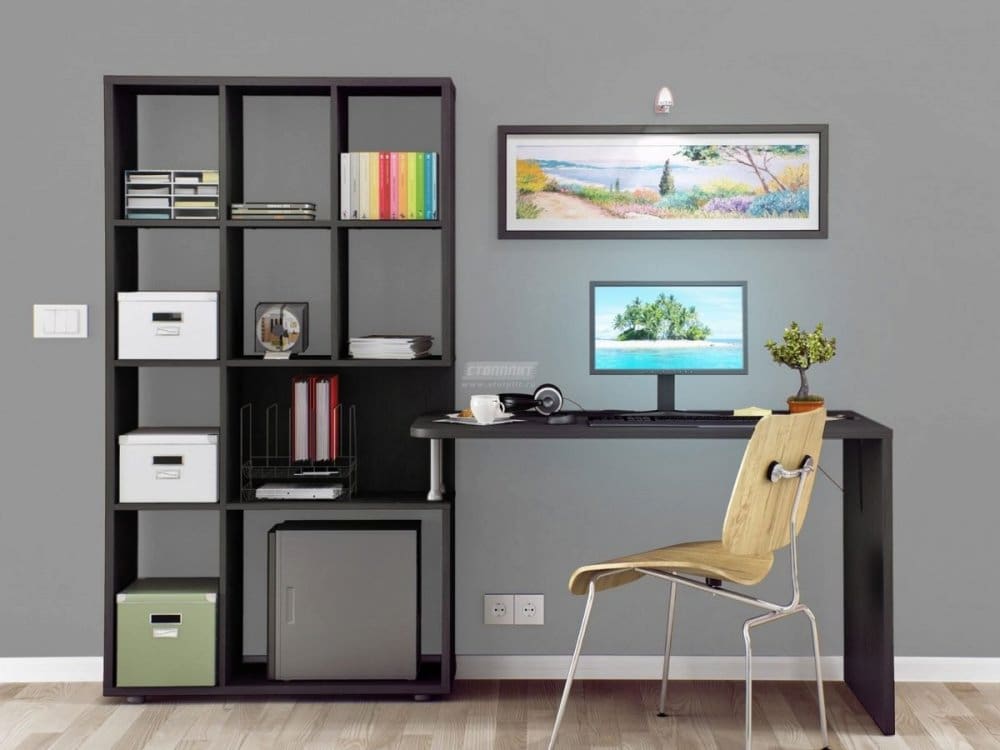
When he finds a manufacturer who has dedicated his life to woodworking, finishing, and other aspects of furniture making, he knows that quality is not far behind.
Most important: ask for the builders behind the furniture. That is, we know how/where the furniture is made and by whom. This can be a strong indicator of the level of experience, quality, and attention to detail that goes into the build.
Armed with this information, I hope you feel more confident in approaching future furniture purchases and knowing what to look for when trying to buy something of true quality. Happy hunting!
In summary, the different styles, tastes, needs, and preferences of consumers must be taken into account when purchasing wooden furniture.
Do you prefer engineered wood or solid wood? Does your living space require furniture made from softwood or hardwood? The most expensive wood is not necessarily the best wood for your needs.
It all depends on what you are looking for, so remember to clearly define your needs before buying wooden furniture. Also, remember that imported wood does not always mean better quality. Our local rainforests are just as good quality as the ones we import! Happy hunting!
